Why Are Chemical Handling Accidents Still Happening?
During our recent Symposium, Flynt Belk of Workers’ Compensation Fund Insurance shared the haunting story of Stefan Golab, an immigrant from Poland who in 1983, died at his place of employment, Film Recovery Systems. A former steel construction worker in Poland, Golab had only worked at the factory outside of Chicago for a few months where his job was to reclaim silver from used photographic film.
On the morning he died, Golab drank warm milk, hoping it would settle his stomach. He’d been experiencing headaches and vomiting. He couldn’t read English or Spanish and while it was likely he’d seen the skull and crossbones located on the barrels of cyanide, that meant “high voltage” back in Poland, so he wasn’t aware of the risks in his job.
In a landmark court case, a judge found the top executives of Film Recovery Systems and its parent corporation responsible for Golab’s death. The verdict read that the company had exposed workers to “totally unsafe” working conditions with no training, warning or safeguards to protect them.
This is the catalyst for OSHA’s Hazard Communication Standard (1910.1200) in place today and later the Right-to-Know act. Right-to-Know refers to workers’ rights to information about chemicals in their workplaces.
“This is not the case of someone taking a gun and placing it to the head of a victim and shooting him,” the judge explained at sentencing. “What we have here is the kind of case where you take a bomb and you put it in an airplane, and you turn around and runaway somewhere, and a time bomb is ticking off and ticking off, and . . . all of a sudden, on February 10, 1983, the time bomb went off, and Stefan Golab is dead.”
More than two decades later, that bomb is still ticking. The EPA estimates that as many as 2.8 million people in the cleaning industry are exposed to dangerous cleaning chemicals each day.
Required training under OSHA’s Hazard Communication Standard (1910.1200) includes understanding:
- The health and physical hazards of cleaning chemicals
- How to properly handle, use and store the products
- What type of personal protective equipment to wear
- How to use the hazard information, including labels and Safety Data Sheets
- Procedures to follow in the event of a spill
This standard requires worker training before the use of any new chemicals, but no refresher training is required.
Wait… what?
That means if a custodian may receive training on potential hazards associated with a chemical when they are initially hired, but if they stay at the same employer for several years, they are not legally required to demonstrate any understanding of how to properly handle, use and store chemicals after that point.
Do you remember everything you learned in your first week on the job? In the flurry of new faces, paperwork and training, there’s a lot to remember.
Sadly, incidents related to inappropriate use or storage of cleaning chemicals continue to happen all-too often.
Earlier this year, five children were taken to the hospital after washing their hands with a cleaning chemical that was accidentally placed in the soap dispensers. In August, three workers in a cheese factory were treated at a local hospital after two cleaning solutions were accidentally mixed together. Just last week in Lexington, Ky., a janitor was burned while trying to clean chemicals with a towel.
Fortunately, most employers take precautions to prevent deaths like Stefan Golab’s from happening. But we still have much work to do when it comes to training anyone with exposure to cleaning chemicals, as injuries are still happening.
To help organizations comply with the ANSI/SI BSR SI-0001 American National Standard for Safe Use of Cleaning Chemicals which will go out for public review soon, we’re launching a new chemical handling workbook and online certificate program. Because accidents are still happening and every worker has the right to a safe workplace.



